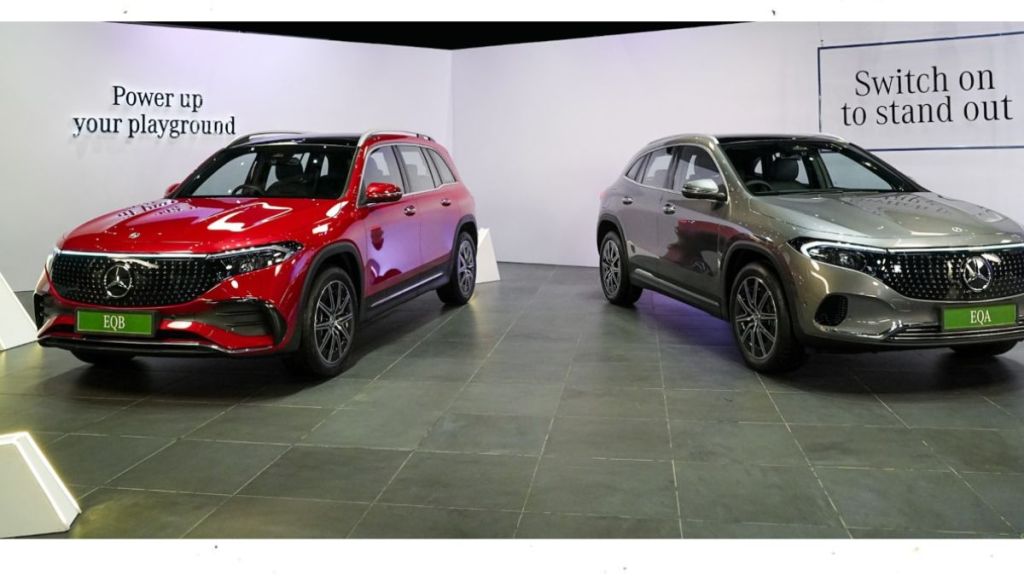After remaining relatively quiet for a couple of years, Mercedes-Benz India has witnessed a surge in sales of diesel powertrains following the Goods and Services Tax (GST) rationalisation. The recent 6% reduction in taxes on both diesel and petrol engines has made diesel options more attractive, taking into account their mileage and overall cost of ownership.
According to Santosh Iyer, MD and CEO of Mercedes-Benz India, this shift has been surprising given that there remains a price difference of Rs 2 to 2.5 lakh between petrol and diesel vehicles. Diesel car sales have increased from 29% to 40% of total sales since the GST rationalisation, Iyer said.
The recovery has been notably strong in the Gujarat market, where customers are increasingly opting for diesel vehicles. Iyer mentioned that while the company has a robust portfolio of diesel cars, it will need some time to meet the rising demand.
Looking ahead, Mercedes-Benz plans to raise prices in 2026, gradually over several quarters, as the company continues to face cost pressures from energy, logistics, and currency fluctuations.
Iyer noted that market momentum significantly increased after the 6% GST reduction on petrol and diesel vehicles, leading to strong sales figures in September and October. However, the overall growth forecast for the year remains muted and unchanged.
Despite macroeconomic uncertainties and foreign exchange pressures, Iyer stated that the Indian luxury car market has stabilised at around 50,000 vehicles annually. Mercedes-Benz leads this segment with a 45% market share, solidifying its top position in the country’s luxury car market.
Regarding upcoming launches, Iyer confirmed that the launch of the new CLA model has been postponed to the first quarter of next year due to supply shortages. The CLA will be an entry-level premium car introduced in India as a completely built unit (CBU). It will be the first software-defined vehicle (SDV) equipped with the new Mercedes-Benz Operating System (MB.OS) and advanced electronics, featuring an Advanced Driver Assistance System (ADAS) specifically tailored for Indian traffic conditions. The new CLA boasts a driving range of approximately 800 km.
While electric vehicle (EV) penetration in the luxury segment is currently at 2.9%, Mercedes-Benz has observed adoption rates of 10-11% in Gujarat and high single digits in Maharashtra, where road tax waivers are available.
Over the past five years, the average selling price of Mercedes-Benz vehicles has nearly doubled, rising from Rs 60 lakh to 1 crore. This reflects a significant shift towards high-end luxury models. The customer profile is also evolving, with women buyers now representing 15% of sales. According to Iyer, a growing proportion of first-time luxury buyers are entering directly into high-end models like the S-Class, Maybach, and GLS. Although sales in tier 1 cities are stabilising, the tier 2 and tier 3 markets are experiencing double-digit growth, indicating a broadening demand for luxury vehicles beyond metropolitan areas.
Iyer anticipates that 2026 will deliver stronger growth, fueled by GST-related demand recovery, an increasing share of diesel sales, and greater acceptance of electric vehicles in the high-end segment.
Mercedes-Benz India has sold over 200,000 cars over 30 years, with half of that total achieved in just the last six years. The company has invested Rs 3,000 crore in its production facility, and its dealer partners plan to invest an additional Rs 450 crore over the next three years.
Mercedes-Benz currently offers 5 to 6 electric models in India, including 2 locally manufactured electric vehicles, alongside 11 models produced under its flexible CKD (completely knocked down) program.

